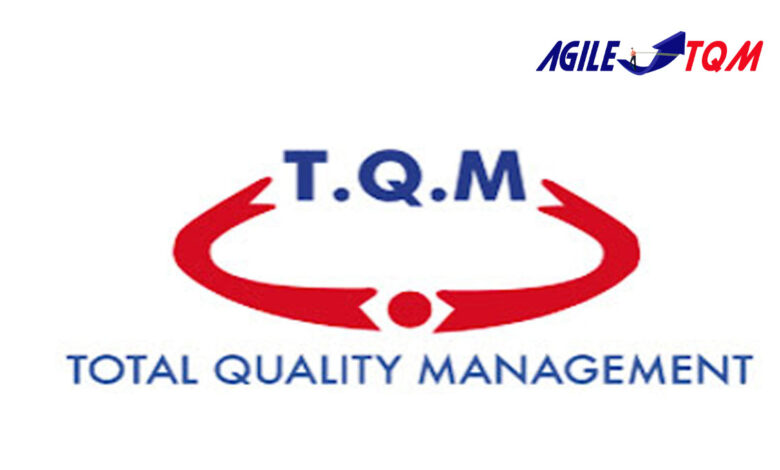Total Quality Management TQM in Europe

Total quality management practices in Europe have been discussed in different studies, (Vukomanovic et al. (2014), Schmidt-Wilk (2003), Lagrosen (2002), Dahlgaard et al. (2019)).
Vukomanovic et al. (2014) studied the European Quality Award based on European Foundation of Quality Management (EFQM) model. His findings reveal that this model is the most widespread in Europe. However, there are efforts to develop national quality awards in each country. These efforts are supported by governments, associations, chambers and NGO.
Also, Schmidt-Wilk (2003) study reveals that TQM failure is generally due to difficulties in implementing it. Specifically, they conducted a study on Swedish companies and found that TQM implementation is successful when employees and managers have the required level of maturity to accept TQM principles.
Furthermore, Dahlgaard et al. (2019) conducted an extensive literature review on studies related to the European context. Their findings reveal that there is a focus on the application of TQM methods, tools and techniques rather the concept of TQM.
Moreover, Lagrosen (2002) explains differences in quality management practices in European countries using Hofstede’s dimensions of power distance. In this regard, Hofstede (1997) defines fours dimensions:
- Power distance: refers to social inequality and distribution of power.
- Individualism vs collectivism: represents the relationship between a person and the group. The person represents a separate entity or part of the group.
- Masculinity vs femininity: refers to the social implication of being a man or women.
- Uncertainty avoidance: uncertainty avoidance refers to the levels of acceptance of risk and expression of emotions and aggression.
Lagrosen (2002) finds that Hofstede’s (1997) framework is valuable in understanding the influence of national culture on quality management. Lagrosen (2002) findings in different European countries are the following: (a) implementing quality circles in UK is much easier than in other European countries; (b) in Germany, tools based on statistics like SPC (statistical Process control) are more welcomed than in other European countries. Moreover, processes should be well defined till they will be applied strictly; (c) in France, written procedures are not enough, personal visits are essential, communication should be in French, and there should be a focus on leader commitment; (d) in Italy, committed leaders is essential, in fact leaders will play the role of example for employees and their role is to convince them about the importance of quality initiatives. Moreover, changes should be implemented gradually rather than rapidly, and; (e) the authors highlighted as well the barriers for the implementation of quality management in European countries like lack of commitment, personal resources, communication, and conservatism in some European countries.

